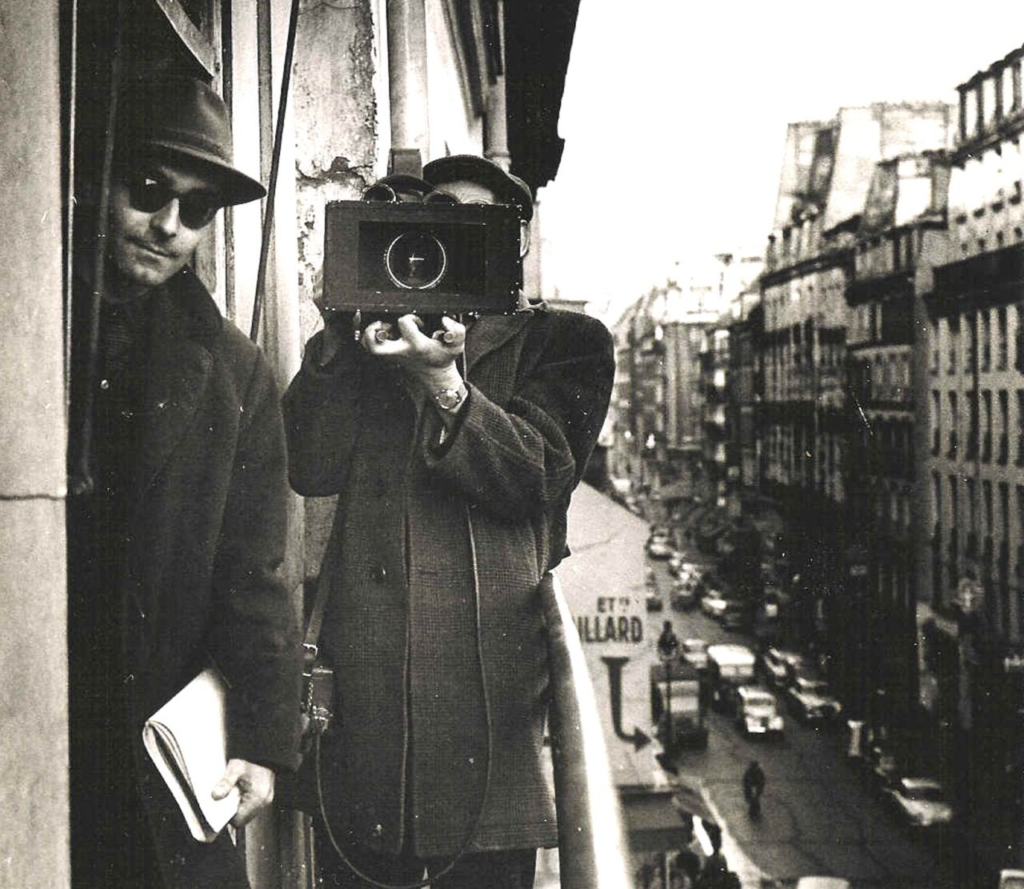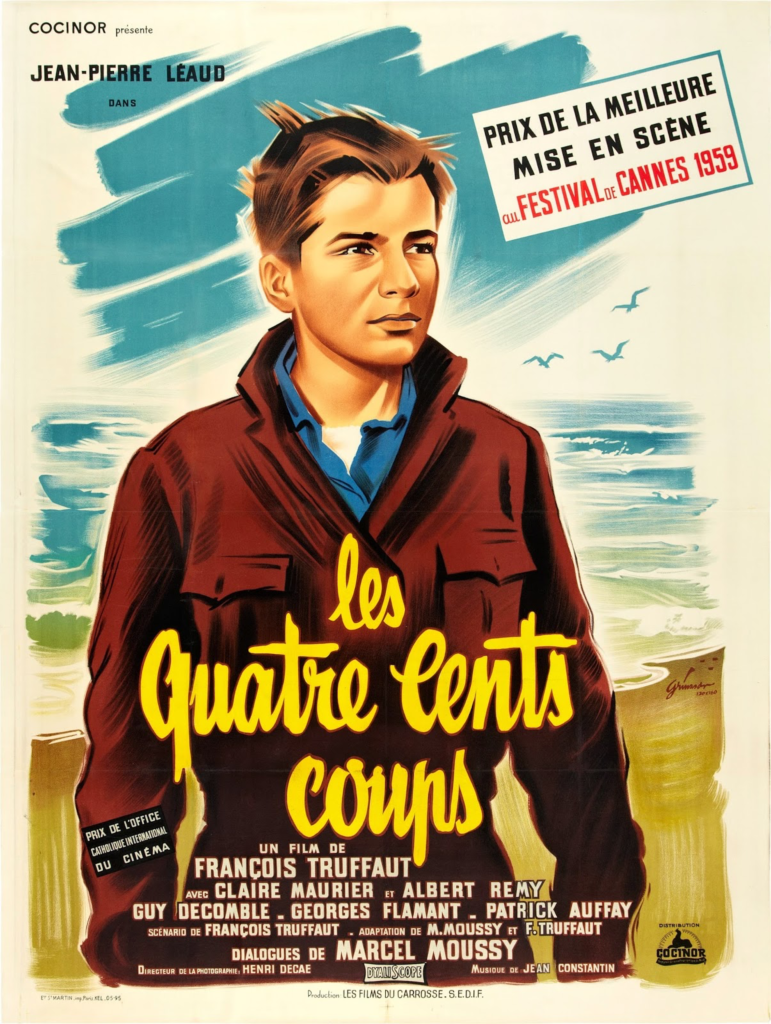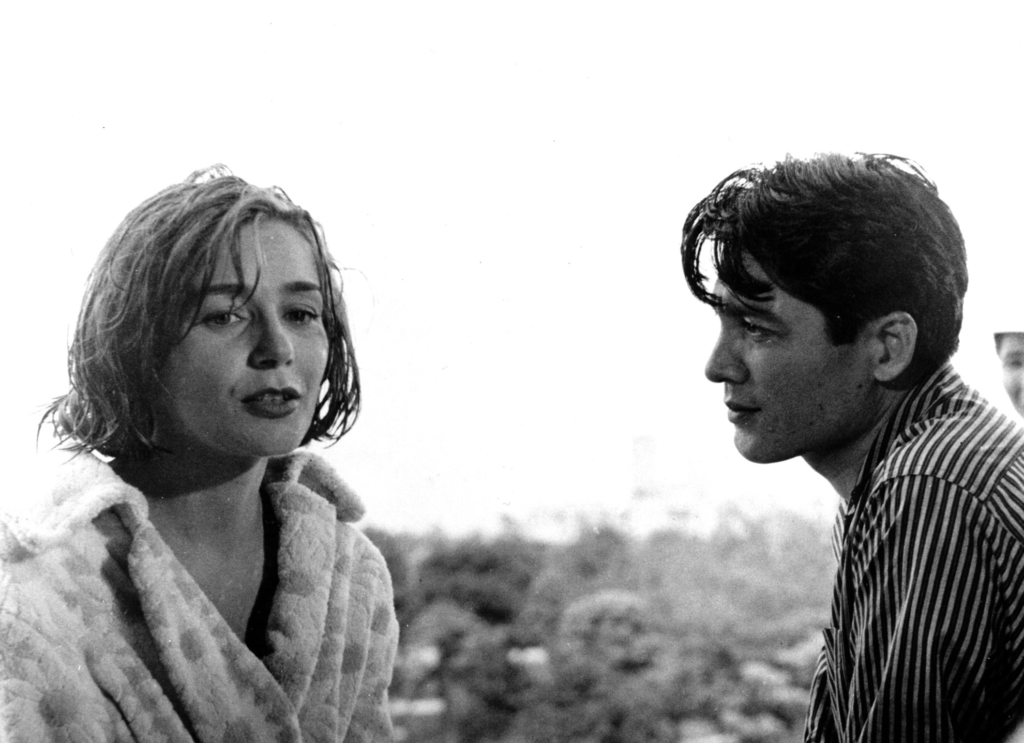| STUDENT | TOPIC AREA | FILM 1 | FILM 2 | CONTEXT | QUESTION |
| George Flavell | Genre
Horror
Psychological Horror | The Shining (Kubrick,1980 | The Lighthouse (Eggers,2019) | Social Cultural Historical | How has psychological horror evolved since its establishment as a subgenre? Reference the films The Shining(Kubrick,1980)) and The Lighthouse (Eggers, 2019) using social, cultural and historical contexts. |
| Iona Hendry | Coming of Agee Genre/Genre Theory | The 400 Blows (Truffaut, 1959) | Ladybird (Gerwig, 2017) | Social Cultural Historical | How has the coming-of-age film subgenre changed over time? With reference to the films The 400 Blows( Truffaut, 1959) and Ladybird (Gerwig, 2017) |
| Charlie Waters | Representation of Masculinity | Fight Club (Fincher, 1999) | Beau Travail (Denis, 1999) | Cultural, Social, Historical | How is masculinity represented in different cultural contexts. With reference to the films ‘Beau Travail’ (Denis, 1999)and ‘Fight Club’? (Fincher, 1999) |
| Mariah Gheorghe | Genre Theory Serial Killer Sub Genre of Horror | Promising Young Woman (Fennell, 2020) | American Psycho (Harran, 2000) | Cultural Social Historical | How does a feminist perspective impact the serial killer sub genre? With reference to American Psycho (Harran,2000 ) and Promising Young Woman. (Fennell, 2020) |
| Noah Wheelan | Genre Theory Film Noir Sub Genre of Crime Thriller | Sunset Boulevard (Wilder, 1950) | Nightcrawler (Gilroy, 2015) | Cultural Social Historical | How has the Film Noir sub genre changed over time? With reference to the films Sunset Boulevard (Wilder, 1950) and Nightcrawler (Gilroy, 2015) |
| Tate Moore | Influence of German Expressionism | The Lighthouse
(Eggers, 2019 | Nosferatu
(F. W. Murnau, 1922 | Cultural Social Historical | How has German expressionism has influenced the horror genre in modern cinema? With reference to the films Nosferatu
(F. W. Murnau, 1922) and The Lighthouse
(Eggers, 2019) |
| Poppy Parker | Genre Theory Police Buddy Movie Crime Film Subgenre | Lethal Weapon ( Donner, 1987) | Hot Fuzz (Wright, 2007) | Cultural Social Historical | How has the police buddy movie crime subgenre of crime film changed over time/context? With reference to the films Lethal Weapon (Donner,1987) and Hot Fuzz (Wright, 2007) |
| Ollie Leslie | Analysis of
French New
Wave influences
on film. | ‘Breathless’, Godard, (1960). | ‘La Haine’, Kassovitz, (1995). | Cultural Social Historical | How did the French New Wave movement influence films later in the 20th century, and how do these films compare in the conventions of the movement?
With reference to the films ‘Breathless’, Godard, (1960) and ‘La Haine’, Kassovitz, (1995). |
| Mia Marcondes Browning | Representation of Mental Illness | The Man Who Laughs (Leni, 1928) | Joker (Phillps, 2019) | Cultural Social Historical | How have representations of mental illness on screen changed over time? With reference to the films Joker (Phillips 2019) and The Man Who Laughs (Leni, 1928) |
| Aaron Roberts | | | | | |
| Dan Ross | | | | | |




















